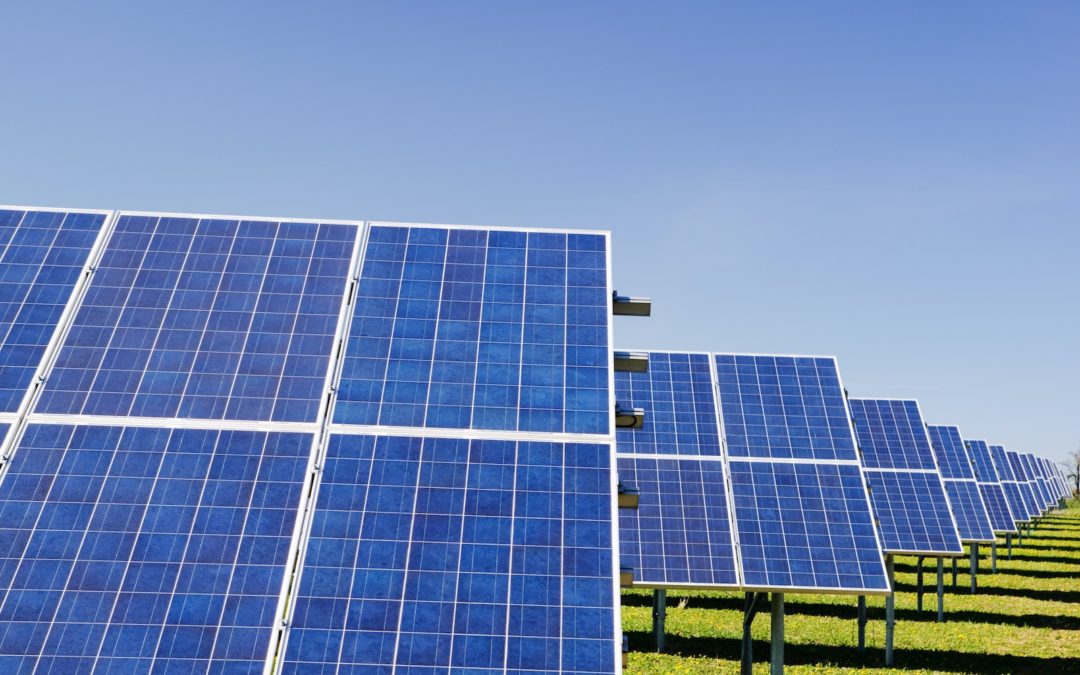Editor’s Note: This is a guest post provided by the curriculum team at NEED.ORG. NEED.ORG provides many free, standards-aligned resources to teachers and students related to energy consumption and conservation. They also provide training and support around these topics. Curriculum Trak is happy to promote their efforts to our community and to provide a direct link to their resources through the Quality Content resources area in each Curriculum Trak account.
Do you have enough energy to get through the final days of this school year? How much energy have you burned this school year? That might be a difficult number to calculate, but considering how we use energy, and how we teach our students about it is also worthwhile. The United States uses a lot of energy—over two million dollars’ worth of energy per minute, 24 hours a day, 365 days a year. We use energy for getting from one place to another, cooking, heating and cooling rooms, making products, lighting, heating water, entertainment, and more.
The choices we make about how we use energy have environmental and economic impacts and it’s important to know what sources of energy we use and how they impact our daily lives. So, as you dig deep for enough energy to finish up this school year and to begin thinking about the next one, we invite you to consider how we might help you and your students think about energy use in general.
Learning about energy isn’t bound solely to science classrooms. Want to spark your students with the knowledge of energy but don’t know Watts what? Check out the list below to see where you may incorporate energy education in your classroom!
Family and Consumer Science
- How can you get cooking with energy? Take a look at NEED’s Energy Infobooks. Natural gas, propane, and electricity are some of the sources we use to cook our food. You can also make a solar oven to demonstrate the transformation of radiant energy to thermal energy while making a tasty treat for your students.
- Petroleum Ponder! Put together a bin of products your students will be surprised to learn are made from petroleum (example: lipstick, lotion, crayons, golf ball, sunglasses). Then ask students which items began as oil. Most will be shocked to know they all do! Ask students to come up with other items from the classroom, kitchen, or at home that are made from petroleum.
- Washers, Dryers, Refrigerators, oh my! Discuss the benefits of hanging clothes outside to dry, thanks to the sun. What’s the life cycle cost and payback period and what exactly do those EnergyGuide labels even mean? Have students learn to read and interpret the information on EnergyGuide labels with NEED’s suite of energy efficiency and conservation guides.
- Teaching at the high school level? Students will be learning to drive, and Pretzel Power is a great activity that gets students up out of their seats and will help them be able to define “miles per gallon” and explain why this rating is important.
Social Studies
- Check out our Global Trading Game where students become geologists, miners, economic advisors, and international traders as they analyze their country’s resources and needs and trade with other countries to enhance their country’s economic position and environmental quality. Each country has varying types and amounts of the following commodities: money, energy resources, industry, technology, and workforce. The students become citizens of their country and are provided with background information to use as the students identify their country’s strengths and weaknesses, discuss the standard of living, and what they would like to change about their nation. At the end, they can guess which real-world country they are representing.
- Great Energy Debate – Students evaluate the advantages and disadvantages of the major energy sources in an innovative debate format. Working cooperatively, students develop arguments on the merits of their source over the others.
Math
- Energy Math Challenge encourages students to problem solve in groups using current energy data.
- Mission Possible – Student groups are challenged to develop an energy plan to provide more electricity for a growing country. Students consider the advantages and disadvantages of the energy sources available to increase electricity generation while considering environmental quality and economic demands. This activity is geared for secondary level and uses number manipulation with positive and negative integers.
Language Arts
- Energy Live is an interdisciplinary activity to harness creativity as students assemble musical groups and write songs to perform about energy sources, electricity, and conservation and efficiency.
- Energy Stories and More are a series of stories and hands-on activities that can be used to introduce basic energy concepts and the major energy sources to primary and elementary students.
Need an icebreaker activity?
Try one of NEED’s Energy Games and Icebreakers.
A favorite is See, Run, Do – a great team-building activity that tests students’ communication skills and creativity. It makes a wonderful activity to use as an introduction to a topic or unit and is easy to implement with all ages by adjusting the complexity of the collage.
Explore shop.need.org to find even more great curriculum and activities to energize your students! Always available for free PDF download or as an e-publication. NEED’s “Educators Tab” is full of great resources such as free energy-themed PowerPoints, coloring pages, news articles, and more!
Photo by Zbynek Burival on Unsplash



